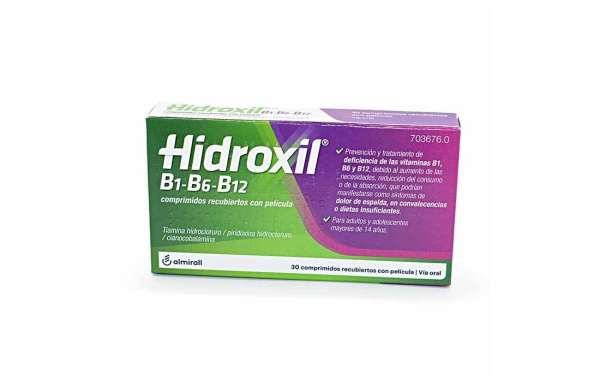If you know someone who is suffering from Opioid addiction, there are several things you can do to help. Some of these methods include preventing relapses, recognizing symptoms, and treating long-term issues. This article explores these issues, as well as strategies you can use to treat them.
Symptoms
Opioid addiction is a serious disease, and it can be hard to spot. It can affect both your physical and psychological health. Some symptoms of opioid addiction include a decrease in your mood, insomnia, nausea, constipation, vomiting, and an increased heart rate.
Many people who use opioids do not become addicted. Those that do can have withdrawal symptoms that last up to a week or more. These can include agitation, sweating, diarrhea, nausea, vomiting, and muscle and bone pain.
The effects of opioids on the brain are profound. They can change the way the brain responds to pain and also decrease sex hormone production. For some individuals, it is a medical necessity. Using opioids can be a safe way to manage chronic pain, but it can be dangerous if used improperly.
The signs of opioid abuse can be more obvious to others than to yourself. You may be aware of the problem, but not be able to fully understand it. If you have been using opioids for a long time, it is important to seek help. Getting help can prevent further harm to your health.
Long-term management
If you've used opioids for chronic pain, you've likely experienced the effects of addiction. The effects of this disorder can range from causing financial problems to disrupting your personal life. Luckily, there are treatments to help you overcome it.
An opioid is a type of drug that produces euphoria. This feeling is usually due to the fact that the drug activates the brain's reward centers. It's easy to become addicted to opioids if they're taken for a long time.
Taking opioids as prescribed is a good way to prevent addiction. However, taking more than you're prescribed can increase your risk of an overdose. Also, opioids have a few other indirect hazards.
Some opioids have a high rate of abuse. They're not safe to use for prolonged periods of time. A few of the most popular drugs include codeine, morphine, and fentanyl.
Despite their addictive nature, opioids are often used for short-term relief of pain. Many people have developed a tolerance for them, which means they need to take larger doses to feel the same effect.
Prevention strategies
The opioid overdose crisis is a public health emergency that is rapidly growing. To help address this epidemic, we need a variety of strategies.
First, we must reduce the risks of the initial misuse of opioids. This can be done through the combination of upstream and downstream strategies. Upstream interventions target risk factors and protective factors that influence behavior. Some of these factors include prescription practices, social determinants of health, and early environments.
Second, we need to ensure that people with substance use disorders have access to effective treatment and support services. These services can improve short- and long-term outcomes. We also need to identify prevention strategies for adolescents.
Third, we need to provide education about the dangers of drug misuse. Educating people about opioids can decrease the risk of opioid use disorder. However, only a subset of individuals with opioid use disorders seek out evidence-based care. Therefore, more research is needed to develop prevention strategies for adults.
Relapses and remissions
Relapses and remissions of opioid addiction have been reported in a range of studies. There are a wide variety of philosophies and theories about recovery. A harmful view of relapse can hinder recovery, while a positive approach to recovery is conducive to learning from relapse and preventing it from occurring in the future.
The National Institute on Drug Abuse estimates a 40% to 60% relapse rate. However, the study of this phenomenon is poorly defined, and the findings of the research may be inconsistent.
Researchers have grouped relapses into two categories: early relapses and late relapses. Early relapses occur in the first year after abstinence. They are associated with poor self-efficacy and social challenges.
Late relapses occur in the second and third years after abstinence. Their main problems are with substance use and criminality. This is compared with long-term recovery, which carries fewer problems with housing and education.
Researchers are interested in identifying relapses and remissions in SUD studies. Operationalisations can help identify the constituents of relapse, as well as the criteria for measurement. Identifying these can allow for more precise analysis of relapse patterns.






